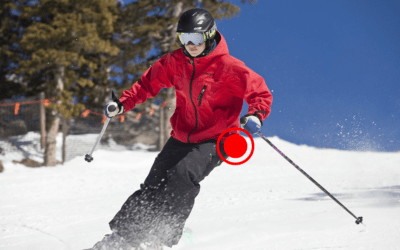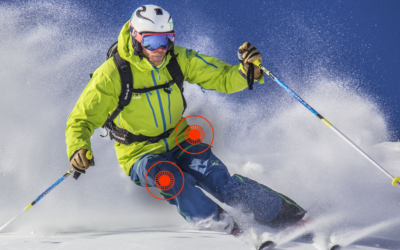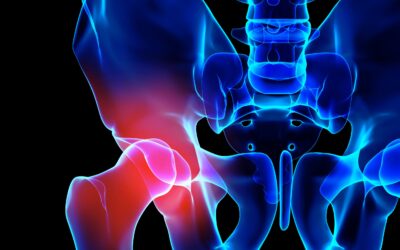Total Knee Replacement (TKR) or arthroplasty (TKA) is a surgical procedure designed to relieve pain and restore function in severely diseased knee joints. A successful TKR depends heavily on achieving stability post-surgery. Stability ensures that the knee can withstand a variety of movements and loads without pain or the risk of dislocation. This post will address the importance of stability in total knee replacement, how it is achieved, and its impact on the long-term success of the surgery.
Understanding Stability in TKR
Stability in a total knee replacement refers to the knee’s ability to perform its natural movements without abnormal motion or the feeling of insecurity during activities. There are two main types of stability to consider:
- Static Stability: The stability of the knee when standing still or moving slowly. It is largely provided by the proper alignment and fixation of the implants.
- Dynamic Stability: The stability during movement, such as walking or climbing stairs. This depends on the interaction between the prosthetic components and the surrounding muscles and ligaments.
Factors Influencing Stability
- Implant Design: The geometry of the prosthetic components plays a critical role. Designs that closely mimic the knee’s natural structures tend to provide better stability.
- Surgical Technique: Precise alignment and positioning of the implant are crucial. Surgical planning using templating software or CT scans can help with this.
- Soft Tissue Management: The careful balancing of the knee’s ligaments and tendons during surgery is essential to ensure the joint is neither too tight nor too loose.
- Bone Quality: Healthy bone structure is necessary for the secure fixation of the implant. In cases of poor bone quality, additional techniques may be needed to ensure stability.
Achieving Stability during Surgery
Surgeons take several steps to achieve stability during TKR:
- Accurate Bone Cuts: Ensuring the bones are cut precisely to fit the prosthetic components snugly.
- Trial Components: Using trial implants during surgery to check the fit and stability before the final implants are placed.
- Soft Tissue Balancing: Adjusting the tension in the ligaments around the knee to ensure even distribution of forces across the joint.
- Alignment Checks: Verifying the alignment of the leg from hip to ankle to ensure the load is evenly distributed when standing and moving.
Post-Surgical Stability
After surgery, stability is maintained and enhanced through:
- Rehabilitation: Targeted exercises strengthen the muscles around the knee, providing additional support to the joint.
- Patient Education: Teaching patients about the proper movement techniques and activities that support joint stability.
- Regular Follow-up: Monitoring the knee’s function and the condition of the prosthetic components over time.
Long-Term Success
The long-term success of a total knee replacement is significantly influenced by the stability achieved. A stable knee joint will likely result in:
- Pain Relief: A stable knee typically means less pain during both rest and activity.
- Improved Function: Patients with a stable TKR are often able to return to many of their pre-disease activities.
- Durability: A stable implant is less prone to wear and loosening over time, potentially extending the life of the prosthetic knee.
Conclusion
Achieving stability in total knee replacement is a multifaceted process that involves careful planning, precise surgical execution, and diligent post-operative care. Stability is the cornerstone of a successful knee replacement, contributing to patient satisfaction and the longevity of the implant.
Please contact me to book your consultation.




